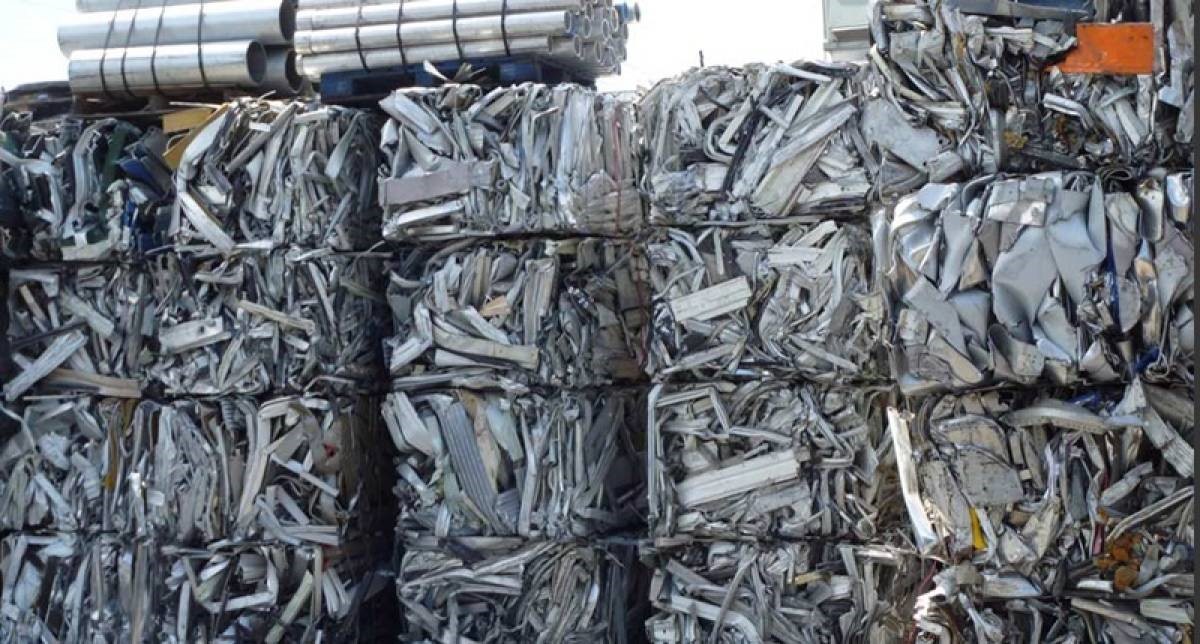

Domestic aluminium scrap accounts for 89 percent of total secondary aluminium raw materials in China, indicating that secondary aluminium manufacturing has become increasingly self-sufficient. China's secondary aluminium manufacturing capacity has surpassed 14 million metric tonnes, accounting for around 30% of worldwide secondary aluminium output. It has also surpassed Japan as the world's top producer of secondary aluminium.

The industry as a whole has been evolving in a more balanced manner. While large-scale recycling businesses have become a significant source of aluminium scrap, this indicates a rising industry concentration ratio.
China's secondary aluminium output reached at 34.8 million per tonne during the "13th Five-Year Plan" period, reducing aluminium ore extraction by 139.2 million per tonne, preserving the use of standard coal and water usage by 120 million mt and 770 million cubic metres. It also reduced the release of carbon dioxide and solid waste discharges by 380 million per tonne and 696 million per tonne.
Although China's secondary aluminium sector has achieved significant progress in the past, it should be noted that the share of secondary aluminium in overall aluminium production in China is still comparable to that of industrialised nations in the eighties.
According to the resource and consumption forecast, China's aluminium consumption will peak in 2024, after which it will essentially witness little progress or development, with primary aluminium production decreasing due to policy and economic reasons. On the other secondary aluminium production is expected to move up by year, and also its share of total consumption will also increase.
The secondary aluminium production in China is expected to reach 11.5 million per tonnes by 2025. Improvement can also be seen in the aluminium scrap utilisation efficiency and the added value of products. The technical level of secondary aluminium as well as the equipment’s will also get improved. Apart from this, enhancement will also been seen in the degree of harmless treatment of aluminium ash and the utilisation rate of resources.
By 2030, secondary aluminium output will be reaching 18 million per tonne. The secondary aluminium processing technology will also level up to the international advanced level, leading to the formation of a high-class industrial system. With this, the usage rate of aluminium ash and other solid wastes will also reach 100 percent.
Responses








